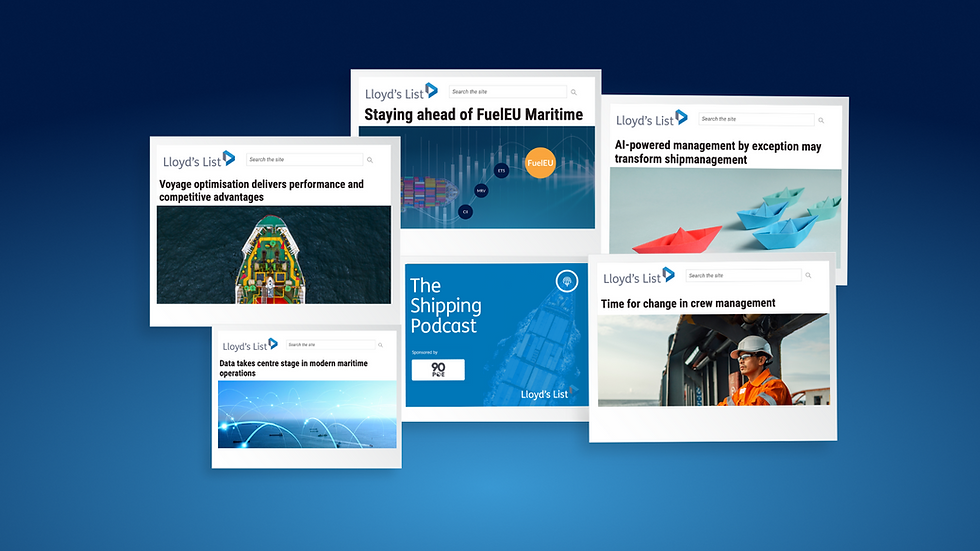Learning from lockdown to create smarter workplaces (not empty ones)
- Richard Buckley

- May 19, 2021
- 3 min read
Updated: May 30, 2024

With more and more people getting vaccinated and the UK taking another step towards something like normality after May 17th, many organisations are asking themselves if it’s time to get back to business as usual. Some are keen to get everyone back in the office and mixing freely with colleagues and clients. Others want to cling to the joys (and security) of working from home. What’s at stake is not just what’s safe, but what kinds of environments suit different types of work – or indeed personalities. Some report they’ve been more productive getting their heads down at home, while others crave the creative buzz of the open-plan office.
Of course, the great ‘office vs kitchen’ debate is not relevant to everyone. Even in the midst of lockdown, millions of key workers continued to staff our hospitals, deliver groceries, work in factories and construction sites and police our streets. Up to a quarter of adults haven’t been locked down professionally at all. And not all have been as visible as others. 90 POE is so-called because 90% of everything is transported by sea. That continued throughout lockdown, with 1.7 million brave and dedicated people continuing to help transport everything we need, far from the cameras and the comforts of home – and mostly taken for granted.
Our role at 90POE is to provide technical support and ideas to make maritime transport as efficient and effective as possible – before, during and after the pandemic. We are not creating a tech revolution, and certainly not pretending seafarers can work from home! We are just using technology to improve the status quo, which might include recognising that some shoreside functions can be performed just as easily from someone’s home as from an office.
In fact, given that vessels operate not from nine to five, but 24 hours a day, seven days a week, and across time zones, shipping in some respects is already more advanced in the use of technology to keep people connected and coordinate operations around the clock. If people in other sectors are finding the lines between home and office are increasingly blurred, they are only catching up with an industry that has always been ‘remote’, with the primary workplace itself constantly traversing the globe.
In fact, during the pandemic, the connectivity that is so essential for operational reasons also became a lifeline in a more human sense. With seafarers having to be away from home for longer periods, as crew changes were restricted, video calls with loved ones became essential to maintaining crew members’ wellbeing. The pandemic has also been a spur to use technology more creatively on shoreside, with home working an increasing part of the mix.
Even in sectors that are traditionally based entirely in offices, leading organisations understand the choice is not binary. Microsoft, for example, has developed a ‘hybrid workplace dial’ to visualise six stages, from closure and mandatory working from home through encouraging working from home, soft opening and opening with restrictions before opening workplaces completely. And there is recognition that, even after the pandemic, many workers will continue to work from home at least some of the time. For others, though, restoring pre-pandemic levels of productivity will be impossible without getting back out into the world. Different businesses in different industries will find different solutions depending on their particular circumstances.
The tech we are bringing to the shipping industry is intended to help people work better and achieve more. That means it should serve the actual needs of any given business, not transform working practices for the sake of it. In a helpful blog on Forbes, Robert Glazer suggests businesses should be thinking about how tech can help improve the way they deal with specific business issues like payroll, cloud collaboration and internal communications. Some organisations will have different priorities, but the point is to be guided by those priorities, not by tech itself.
Moreover, like any crisis, the pandemic has also provided an opportunity to reassess what was previously taken for granted. Some companies (like HSBC) are discovering the potential of remote working technology to reduce their office costs. More flexible working practices are also popular with staff, and can improve wellbeing. Others (like Goldman Sachs) are being more bullish, and see being in the office a key part of servicing their clients and ensuring associate apprenticeship and company culture is maintained.
The reality, as we all adjust to the latest opening up, will be about finding the right balance that works for you, your people, your business and culture. No doubt technology will continue to facilitate this adjustment, but perhaps more importantly, we also need to move beyond a binary, ‘home working vs. office’ debate. The key is to find that sweet spot that allows us all to contribute and to work flexibly, responsively and productively.




gatech blog
virginia blog
njit blog
ottawa blog
ncsu blog
pace blog
olemiss blog
colorado blog
missouri blog
utexas blog
indiana blog
uoregon blog
wisc blog
umn blog
harvard blog
berkeley blog
udel blog
cmu blog
caltech blog
nyu blog
brown blog
cornell blog
Washington bloga
merican blog
tufts blog
dartmouth blog
Rutgers Blog
Rice Blog
Harvard Blog